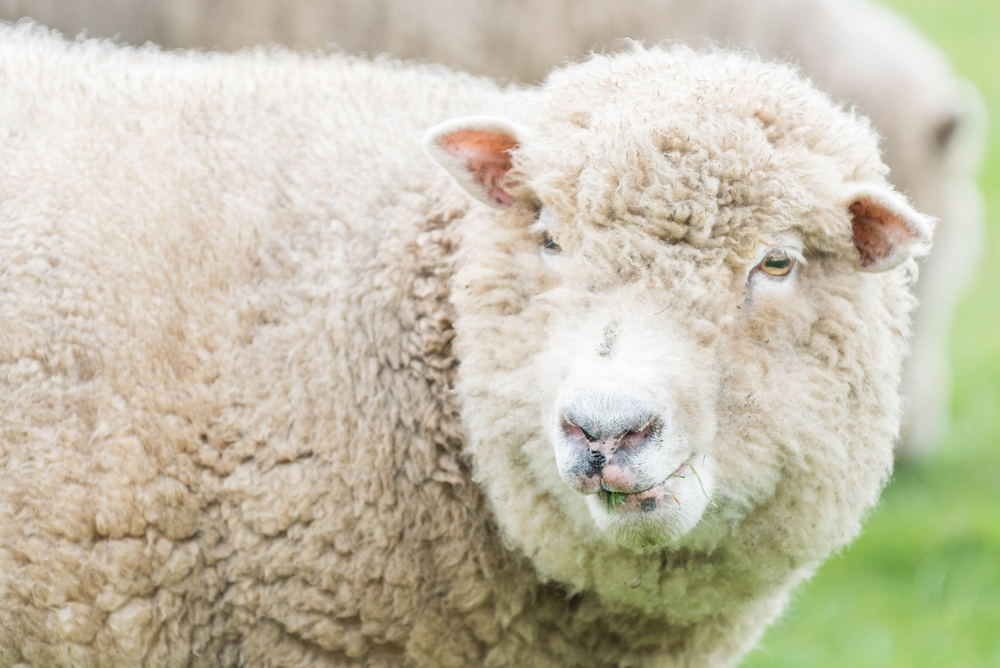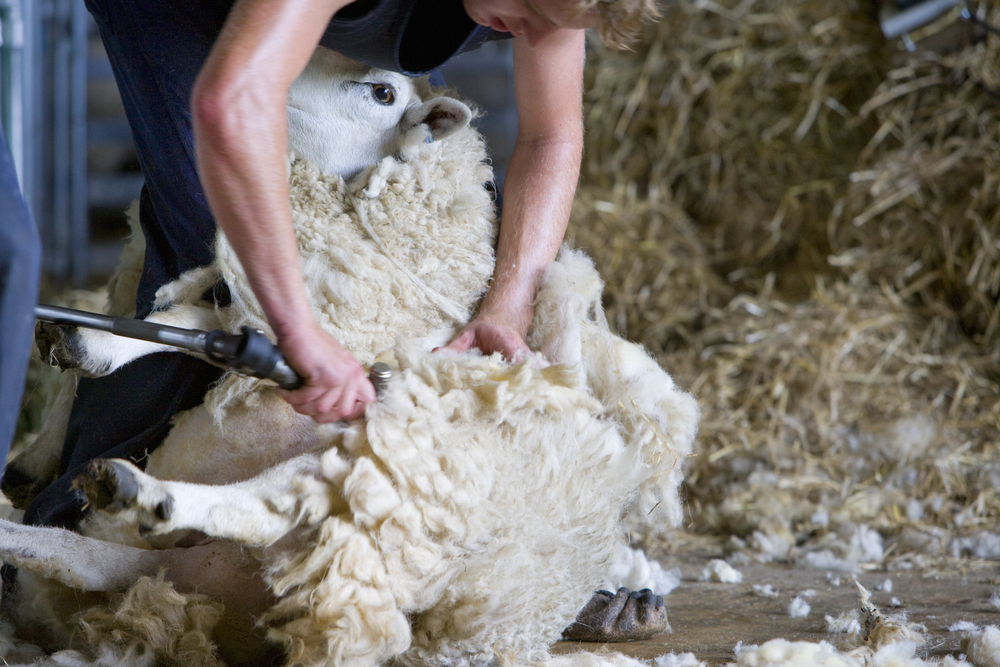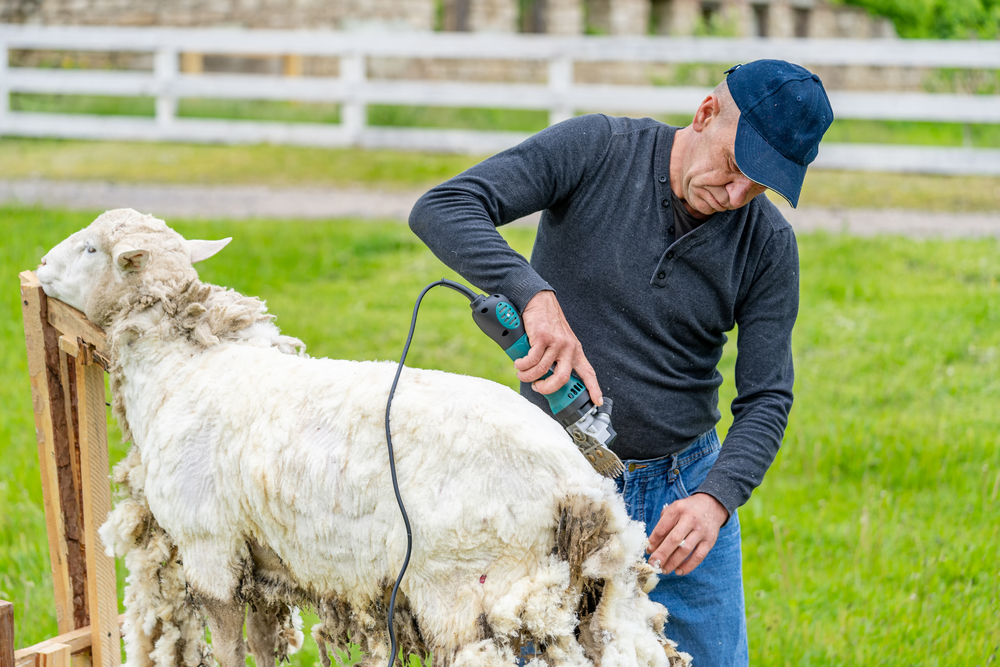
Usually done once a year, sheep shearing is the process of removing the thick coat of wool that grows all over a sheep's body. Though shearing can be done at any time of year, it is generally advised that you wait until after the cold winter months have passed, and preferably, for ewes at least, before lambing season has begun. Having said that, mid to late spring is probably the best time for sheep shearing generally, as the wool near the sheep's rear will become soiled over the course of time, increasing the risk of 'Flystrike'; which becomes more prevalent around April.
Sheep shearing normally takes place inside of a shearing shed, which is set out in such a way as to maximise the speed and efficiency of the shearing process. Shearing itself does not require much in the way of equipment, in fact all you really need is a Sheep Shearing Machine or a set of Sheep Shears. Using shears is considerably more time consuming than using more modern shearing methods, such as a sheep shearing machine, which is essentially a large, powerful set of clippers; and the tool which our upcoming guide will assume you will be using.
Although not essential, the
correct clothing and shoes will make the job much more enjoyable and less fatiguing, especially if you have a large flock to shear.

How To Shear A Sheep
Before beginning, the goal of shearing is to leave the wool in one large piece, so its removal is not as straight forward as just attacking it with your shears. Having said that, the soiled wool at the sheep's rear will have to be removed from the rest of the wool, which is where we will start:
- Trying to keep its legs off the floor at all times, lie the sheep on the floor belly up, with its back arching up so its head is resting just above your knees. This will act as the base position around which you will be able to access all other areas simply by pivoting.
- With the shears in one hand, use your free hand to pull the skin tight and begin by removing the wool around its back legs and the top around about its tail. If you are shearing a ewe it is a good idea to use this time to remove the wool from around its teats, so that new born lambs can access it easier.
- Once the wool from these areas are removed, get the sheep back into the base position and shear a strip straight down its middle, starting right under its neck and moving down to its bald patch.
- Work around the sheep's body whilst slowly rotating it. Be sure that all strokes are done from top to bottom, pushing the shears away from you, until all the wool from its front has been removed.
- Roll the sheep onto its side, keeping its front legs in between yours, which should give you unrestricted access to the sheep's side and back.
- Shear off the wool from around its hind leg and continue to work your way around to its back and all the way around to its other hind leg; leaving the coat of wool on the sheep's lower back loose, but still connected.

- With out removing or severing the wool, take up the base position and resume shearing from mid way up its sternum; pulling the shears toward its head, over its neck and up around to its ear.
- Repeat these strokes, following from its front, up and around to the wool around the base of its ears.
- As you work around with these strokes you will reach the point where the sheep will be laid on its back, with its legs at a right angle with the floor. When you have reached this point you will be able to perform long strokes, shearing off the wool from its lower back all the way up to its head in one movement.
- Continue performing these long strokes as you pivot the sheep around until it once again laid on its side, legs parallel to the ground.
- By this point most of the wool should be loose and hanging off the sheep, and yet still all in one piece. All that is needed now is to remove the last bits that are still connected.
- Starting at the top, shear the wool horizontally, working your way down the sheep's shoulder.
- Once you are past the shoulder you can resume shearing vertically again until the last bits of remaining wool have been removed.
